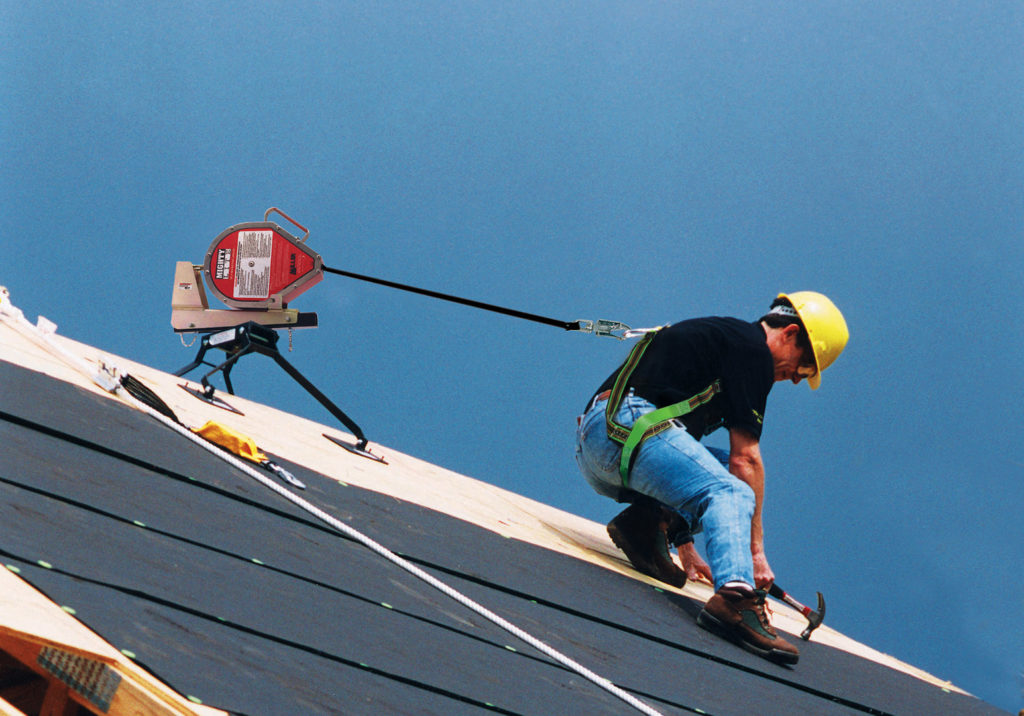Many companies use fall protection systems that pass standards to safeguard their workers at work. However, despite developments within the fall protection industry which have produced new systems that meet and exceed standards, a lot of companies continue using wire ropes that may appear outdated. This short article examines a number of leading fall protection systems as well as their benefits and drawbacks.
When a person is thinking about investing in his or her company inside a fall protection system, many reasons exist why they consider wire rope systems. Additionally, wire rope systems (WRS) will be in a spot for many are usually good at supplying sufficient protection for workers.
However, WRS can’t prevent staff from falling a minimum of several feet. On the wire rope system that’s 40 ft long, workers can fall so far as eight ft before creating any stop. For workers on the tanker truck or rail vehicle, the risk of injuries towards the mind or body throughout a fall of 8 ft with metal outcroppings, ladders, or perhaps the ground is extremely high.
Additionally, to an elevated chance of safety, a lot of companies possess the misconception that wire rope systems are less costly than other available choices. Because wire rope systems would be the industry standard, why pay more? Whenever a cost analysis of wire rope systems is finished, however, a lot of companies notice when you purchase the shock absorber and rope trolley, the price of track systems are extremely similar.
Two tracks system which is an option to wire rope systems are known as I-Beam Systems and Rigid Track Systems. I-Beam Systems are rigid and horizontal in design, which makes them safer than wire rope systems. However, their design makes worker movement harder and cumbersome. Installing I-Beam Systems also demands more trusses and helps to create the requirement for large foundations, which may be more pricey.
For businesses in four-season climates, the weather can enjoy a significant role within the inefficiency of I-Beam Systems. Any climate that sees ice and snow will find their I-Beam Systems made completely useless since the trolley with an I-Beam cannot undertake the weather. Firms that need a fall protection system in “dirty jobs” may also find I-Beam systems to need lots of track cleaning to keep the trolley mobile, resulting in a rise in worker downtime.
In comparison to wire rope systems and that i-Beam system, Rigid Track fall protection systems appear is the best choice for promoting worker safety and efficiency. Rigid Track systems come with an enclosed track that gets rid of the potential hazard from the elements. From the cost perspective, Rigid Track systems will also be affordable with wire rope systems and don’t require 1000s of dollars in engineering inspection and reinforcement.
From the safety perspective, Rigid Track fall protection systems appear is the safest choice for workers in a number of industries. While wire rope systems allow workers to fall around eight feet before supplying “protection,” the rigid beam on the horizontal track system protects workers from the fall when their hoist locks – there’s no additional fall.
There are lots of choices to consider for fall protection systems, only one choice appears to become perfect for worker safety, worker efficiency, and price benefits. Rigid Track systems are produced using industry-leading engineering and appear to supply the very best fall protection currently available. Consider horizontal fall protection for the workstations next time you are looking for improved fall protection.


